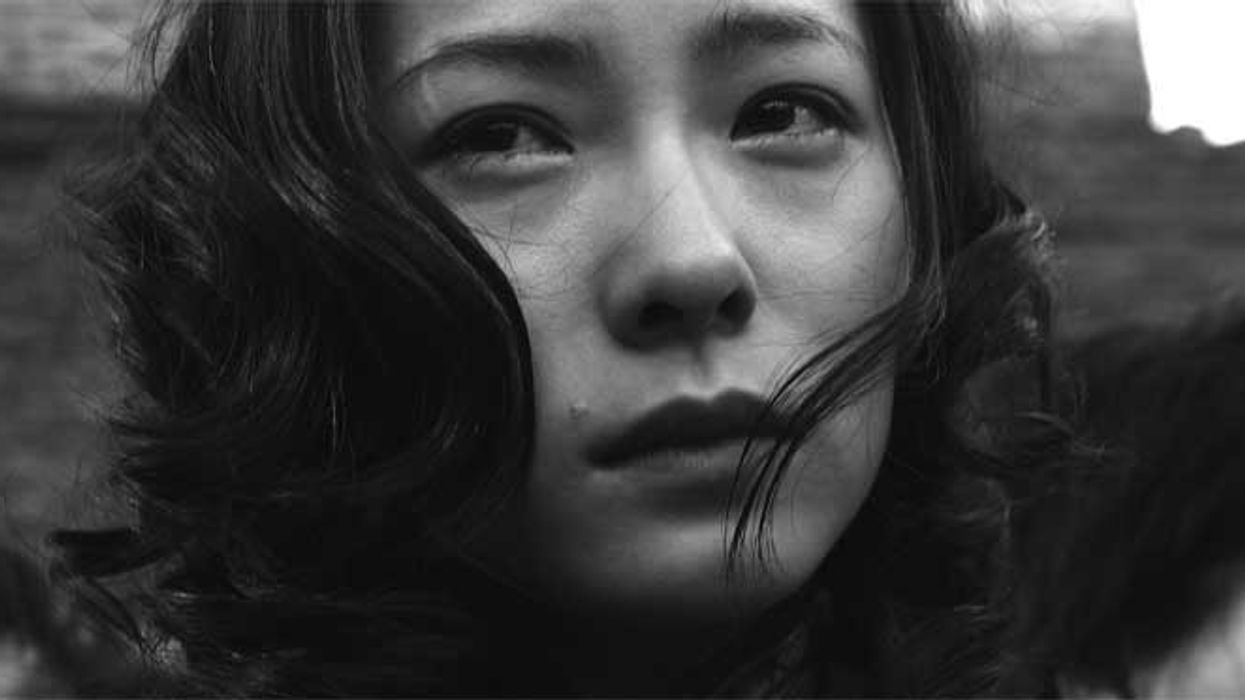Highly Recommended: Lu Chuan's Masterful and Tragic Film 'City of Life and Death'

In high school I read The Rape of Nanking: The Forgotten Holocaust of World War II, a book by the late Iris Chang about the Imperial Japanese Army's atrocities against the occupants of the Chinese city of Nanjing during World War II. The story of 250,000 deaths (in six weeks alone) so affected me that I had a hard time empathizing with my fellow well-to-do suburban classmates for many months after. Now filmmaker Lu Chuan has made the first big-budget Chinese feature film about the events, City of Life and Death, and it's an amazing and deeply felt movie that deserves to be seen widely (released in China in 2009, it's only now getting a U.S. release). Here's the trailer:
City of Life and Death has been described as "the Chinese Schindler's List," and while Chuan has said that it wasn't his intention to make such a film, I find the comparison apt. Not only because they're both black-and-white World War II films about overseas atrocities, but because they're both superbly crafted, deeply affecting stories that should be seen by everyone. Unfortunately, City of Life and Death is subtitled and features a cast of made up mostly of Asian actors unknown in the States, so as a result its domestic box office will be a fraction of the $100 million (in 1993 dollars) that List took (nor will it receive anywhere near as wide a release). It's a NY Times Critic's Pick and might just be the most powerful film you see this year. It is not, however, for kids or those sensitive to on-screen violence -- as you can imagine given the subject matter.
One of the more brilliant angles to the film is how it depicts the Japanese soldiers. War films often only tell one side of the story, and you'd certainly expect City of Life and Death to follow suit in state-controlled China. But Chuan depicts the Japanese soldiers as very human, and in fact opens the film from the Japanese side, which apparently caused quite a controversy in China. There's more on this from Chuan in an excellent interview at Filmmaker Magazine:
Why is there war? I wanted to make a movie about the Nanjing massacre, but then I started to explore the history of massacres, during the Ming and Qing dynasties, and learned they happened everywhere. It’s not something that belongs to Japanese people. So I decided to [articulate] this kind of feeling in my movie. I don’t want my son or daughter, younger brother or sister to look at the Japanese [in the] way [we did]. It’s not true. The massacre was in 1937. After 70 years, we have to reconsider it from a different angle. The Japanese troops were criminal — but the biggest criminal was the war itself. It twisted human nature. It pushed normal people to pull the trigger. I was in the army for several years, you know. I know if I was in uniform on the battlefield, I would pull the trigger on strangers if the [military] authorities asked me to. So what’s the nature of war? Why does it make us become so desperate, so helpless? At that stage, I became aware that I was making a film about the truth of all wars and massacres.
On a more personal note, my own mother was born in China during WWII and spent her childhood hiding from the Japanese before coming to the U.S. in 1949. While I found City to be almost unbearably heart-wrenching because of these personal connections, anyone will find it to be a poignant, disturbing, and emotional tale. Many of us (myself included) would not be here today if our ancestors had not survived the events of WWII -- it makes one feel lucky to be alive in the here and now.
City of Life and Death is at Film Forum in NYC through Tuesday (May 24); if you're not in New York, see here for upcoming theatrical runs, or save it to your Netflix queue.











